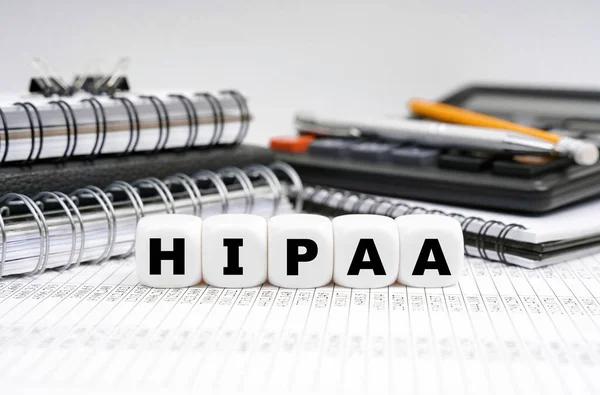How to Conduct a HIPAA Cybersecurity Risk Assessment

Conducting a HIPAA cybersecurity risk assessment is a vital process for healthcare organizations to ensure the protection of sensitive electronic protected health information (ePHI). A thorough risk assessment not only supports compliance with the HIPAA Security Rule but also strengthens an organization’s ability to defend against evolving cyber threats. This guide explores the key steps and considerations in performing a comprehensive HIPAA cybersecurity risk assessment.
Understanding the Purpose of a Risk Assessment
The primary goal of a HIPAA cybersecurity risk assessment is to identify, evaluate, and mitigate risks that could compromise ePHI. Healthcare organizations must assess their current security measures, uncover vulnerabilities, and prioritize corrective actions. This ensures compliance with HIPAA’s standards and protects patient trust by preventing data breaches.
Beyond regulatory compliance, risk assessments serve as a proactive approach to improving overall cybersecurity posture. With threats such as ransomware, phishing, and insider breaches on the rise, a well-executed assessment equips organizations with the knowledge needed to combat these risks effectively.
Identifying and Mapping ePHI
A critical first step in any HIPAA cybersecurity risk assessment is identifying all locations where ePHI is stored, processed, or transmitted. This includes electronic health record (EHR) systems, databases, mobile devices, and third-party applications.
Mapping the flow of ePHI throughout the organization helps uncover potential points of vulnerability. For instance, unsecured communication channels or outdated systems may expose ePHI to unauthorized access. Understanding these data flows lays the foundation for effective risk management strategies.
Analyzing Threats and Vulnerabilities
Once ePHI locations are mapped, organizations must analyze potential threats, such as cyberattacks, system failures, or human errors, and identify vulnerabilities in their existing security measures. This step requires evaluating both technical safeguards, like encryption and firewalls, and non-technical factors, such as employee training and physical access controls.
For example, an unpatched system may leave an organization exposed to malware attacks, while inadequate employee training could increase the risk of phishing incidents. Addressing these gaps is critical to reducing the likelihood of security breaches.
Evaluating Risk Levels
After identifying vulnerabilities, organizations need to evaluate the level of risk associated with each. This involves assessing the likelihood of a threat exploiting a vulnerability and the potential impact on ePHI. Risks are often categorized as high, medium, or low based on this evaluation.
High-risk areas, such as outdated software or unencrypted devices, should be addressed immediately to prevent data breaches. Risk prioritization ensures that resources are allocated efficiently, focusing on the most pressing security concerns.
Implementing Mitigation Measures
Based on the assessment findings, organizations must implement mitigation measures to address identified risks. This can include technical solutions, such as upgrading security software, and administrative actions, like revising access policies or conducting employee training.
For example, deploying multi-factor authentication can enhance access control, while regular training sessions can educate employees on recognizing phishing attempts. These measures not only improve security but also demonstrate the organization’s commitment to HIPAA compliance.
Documenting the Assessment Process
Proper documentation is a crucial aspect of a HIPAA cybersecurity risk assessment. Organizations must record the methodologies used, findings, and corrective actions taken. This documentation is essential for demonstrating compliance during audits and serves as a reference for future assessments.
Additionally, maintaining detailed records helps track progress over time, enabling organizations to monitor the effectiveness of their cybersecurity strategies and make necessary adjustments.
Reviewing and Updating Regularly
Cybersecurity threats are constantly evolving, making it essential to conduct risk assessments regularly. Annual reviews, as well as assessments following significant changes in systems or operations, ensure that security measures remain effective.
Updating assessments to reflect new technologies, regulatory changes, or emerging threats helps healthcare organizations stay ahead of potential risks. This proactive approach reduces the likelihood of data breaches and reinforces patient confidence in the organization’s commitment to data security.
Conclusion
Conducting a HIPAA cybersecurity risk assessment is not only a regulatory requirement but also a strategic investment in the security of sensitive patient data. By identifying vulnerabilities, evaluating risks, and implementing effective mitigation strategies, healthcare organizations can reduce the likelihood of data breaches and ensure compliance with HIPAA regulations. Regular assessments and updates further strengthen cybersecurity defenses, fostering a culture of accountability and trust within the organization. A well-executed risk assessment is an essential step in safeguarding ePHI and maintaining the integrity of healthcare operations.
Post Your Ad Here
Comments